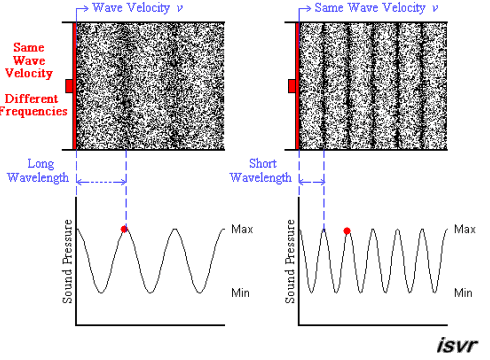
Physics 7C: Transverse & Longitudinal Waves
Quiz by Sherry Felux-Bell
High School
Physics (2017)
Texas Essential Knowledge and Skills (TEKS)
Feel free to use or edit a copy
includes Teacher and Student dashboards
Measures 1 skill from
Measures 1 skill from
Track each student's skills and progress in your Mastery dashboards
With a free account, teachers can
- edit the questions
- save a copy for later
- start a class game
- automatically assign follow-up activities based on students’ scores
- assign as homework
- share a link with colleagues
- print as a bubble sheet
8 questions
Show answers
- Q1Which of the following would be the best physical demonstration of a transverse wave?The back and forth, lengthwise oscillation in a Slinky (compressions)The pattern of movement in bumper to bumper traffic. (stop-go-stop-go)Taking a chain on the ground and oscillating it side to sideA grandfather clock alarm is chiming the hour120s112.39.c.7.c
- Q2Which type of waves have a combination of both longitudinal and transverse motion?Electromagnetic wavesWater wavesx ray wavesLight waves120s112.39.c.7.c
- Q3Which type of wave has longitudinal (compressional) motion?x ray wavesSound wavesLight wavesElectromagnetic waves120s112.39.c.7.c
- Q4A sound wave is propagating through the air from left to right as shown in the diagram below. The wave in the diagram above can best be described as ―transversepulseelectromagneticlongitudinal (compressional)120s112.39.c.7.c
- Q5We are able to identify each of the different types of waves of the electromagnetic spectrum is based on their...FrequencyPhaseAmplitudewave speed (Velocity)120s112.39.c.7.c
- Q6A class of students on a field trip to the space museum came across the image above. Their teacher asked four of the students to present one fact about the electromagnetic spectrum as it would relate to outer space. Which student(s) presented correct information?none of the students were correctStudent B, Student C, and Student DStudent C and Student DStudent A and Student C120s112.39.c.7.c
- Q7The amplitude of two light waves (Light Wave A and Light Wave B) as a function of time are shown below. Refer to the information and graphs shown above. Compare the period of time for Light Wave A to that of Light Wave B. Light Wave A has a period of time that is ―one-fourth the period of time for Light Wave Bthe same as the period of time for Light Wave Btwice the period of time for Light Wave Bone-half the period for Light Wave B120s112.39.c.7.c
- Q8Refer to the above information and graphs. Compare the frequency of Light Wave A to that of Light Wave B. Light Wave A has a frequency that is ―one-half the frequency of Light Wave Bthe same frequency as Light Wave Bone-fourth the frequency of Light Wave Btwice the frequency of Light Wave B120s112.39.c.7.c